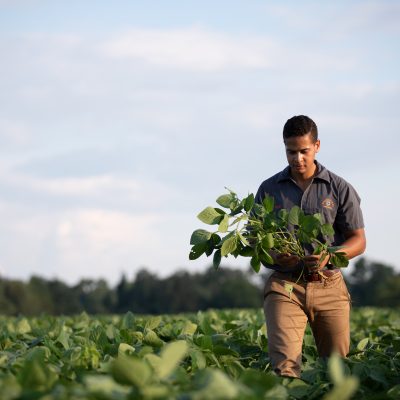
Thanks to partnerships and research supported by their checkoff investments, U.S. soy farmers continue to innovate and operate more sustainably on and off the farm. The 2023 U.S. Soy Sustainability […]
Read more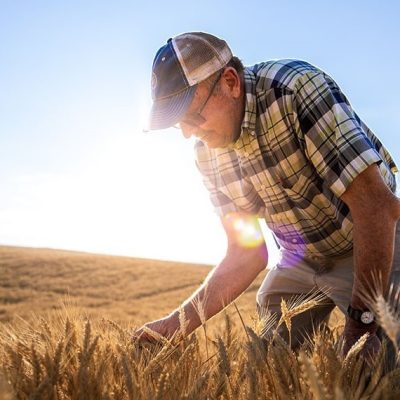
U.S. Wheat Associates, a USSA member, has launched Stories of Stewardship – a video series in which U.S. wheat farmers share their long-standing commitment to sustainability. The first episode showcases the conservation […]
Read more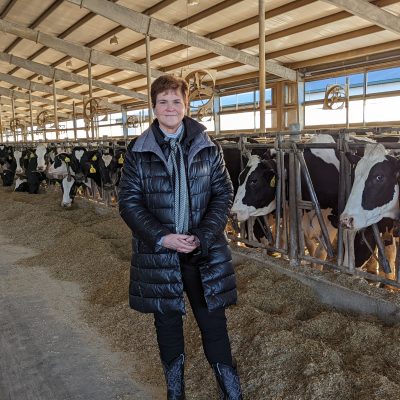
…But Not at the Expense of Feeding the World Criticism that food trade contributes to climate change is exaggerated, writes Krysta Harden, president and CEO of the U.S. Dairy Export […]
Read more
Field to Market: the Alliance for Sustainable Agriculture has received USDA funding to provide financial support to U.S. farmers and accelerate their adoption of climate-smart agriculture. The multi-million-dollar Climate-Smart Agriculture […]
Read more
As the U.S. dairy industry works towards ambitious environmental stewardship goals, farmers like Walt Moore are looking at ways to scale back and reuse water. Thanks to continuous innovation and […]
Read more
Carlos Suárez, who is Manager Sustainability, Policy and Innovation, at the U.S. Grains Council and a member of the USSA Management Council, attended the recent UN climate change conference in […]
Read more
The Agriculture Innovation Mission for Climate (AIM for Climate), a joint initiative from the United States and the United Arab Emirates, has more than doubled investments, partners, and Innovation Sprints […]
Read more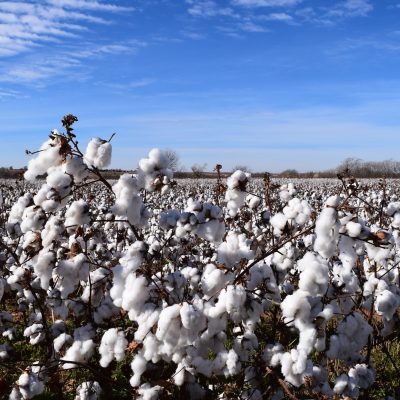
Takes Top Honors in Field to Market Sustainability Leadership Awards The U.S. Cotton Trust Protocol and Cotton Incorporated have received top honors in Field to Market’s 2023 Sustainability Leadership Awards. […]
Read more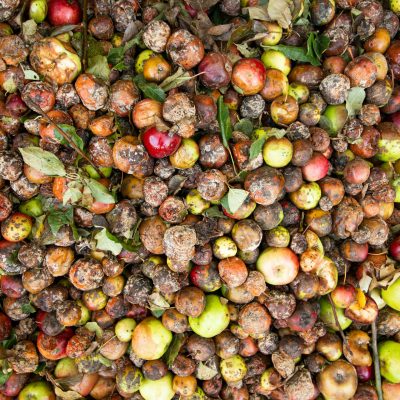
As part of COP28, the U.S. Department of Agriculture (USDA) joined the Environmental Protection Agency (EPA) and the U.S. Food and Drug Administration (FDA) in releasing a draft strategy to […]
Read more
How does the sustainability of U.S. food systems compare with the EU? What is being done to make beef production more climate-smart? How can academics help advance sustainability knowledge? Those […]
Read more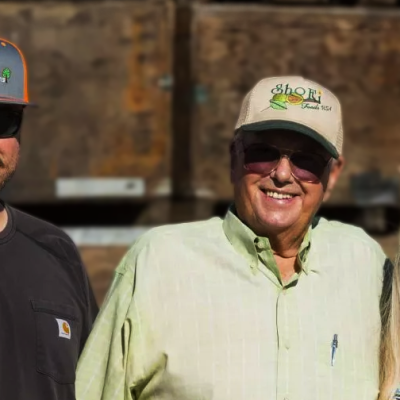
According to prune grower Sandra Mitchell, Northern California is the perfect place for producing high-quality prunes due to the fertile soil, warm and dry growing season and cool winter temperatures. […]
Read more
The impacts of human-caused climate change are far-reaching and getting worse across every region of the United States. That’s according to the Fifth National Climate Assessment, hailed by President Biden […]
Read more